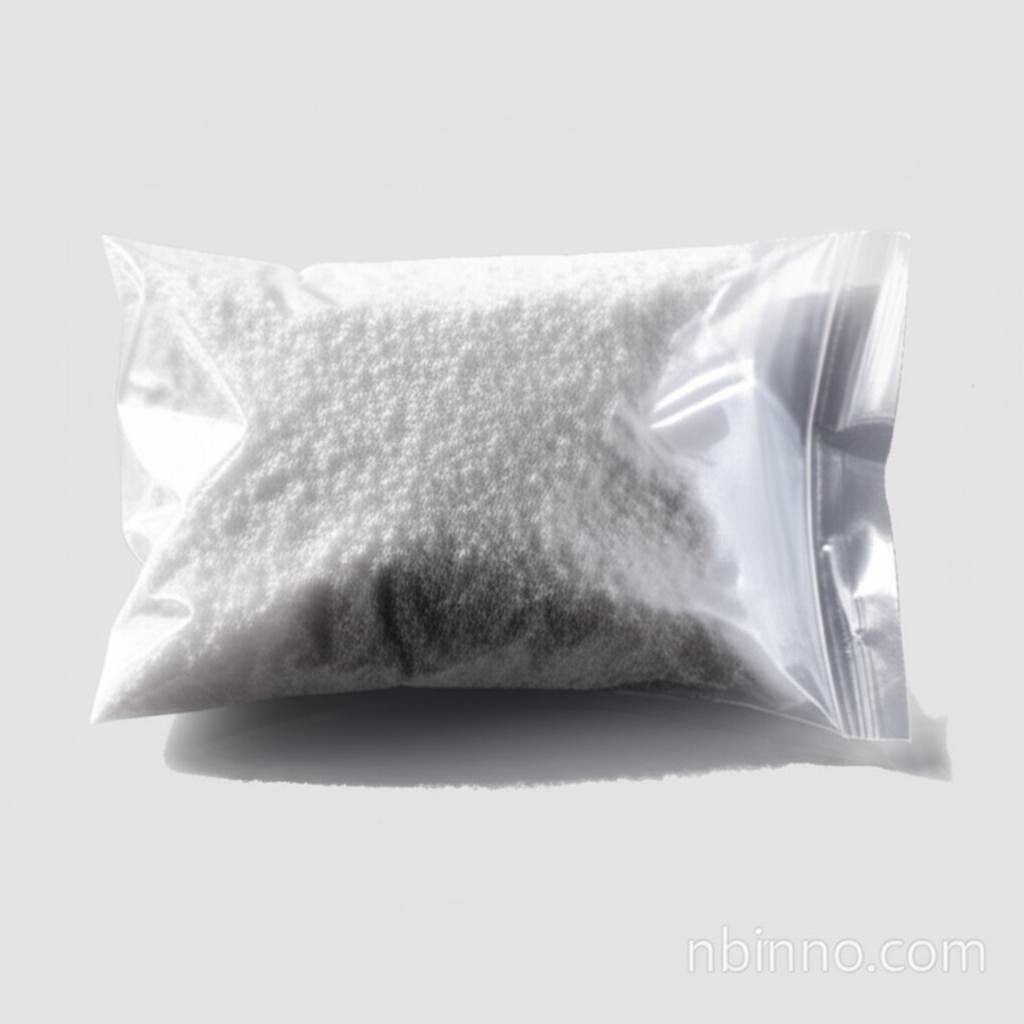High-Purity Procaine Hydrochloride: A Safe and Effective Local Anesthetic
Discover the essential role of Procaine Hydrochloride in modern medicine for reliable pain management.
Get a Quote & SampleProduct Core Value

Procaine Hydrochloride
Procaine Hydrochloride is a highly regarded local anesthetic agent, crucial for procedures requiring temporary loss of sensation. Its ability to block sodium channels effectively halts nerve signal transmission, providing vital pain relief in dental and surgical settings. It is also known for its vasoconstrictive properties, which help in minimizing bleeding during treatments, making it a preferred choice for many medical professionals. The reliable supply of high-purity procaine hydrochloride powder ensures consistent efficacy.
- Investigate the applications of procaine hydrochloride for anesthesia in dental procedures, ensuring patient comfort and procedural success.
- Source high-purity procaine hydrochloride powder for consistent quality and reliable performance in medical formulations.
- Learn about the safe customs clearance procedures for procaine hydrochloride, ensuring timely delivery for critical medical needs.
- Understand the various uses of procaine hydrochloride in medical settings, from routine dental work to more complex surgical interventions.
Key Advantages
Reliable Pain Blockade
Procaine hydrochloride for anesthesia works by reversibly blocking sodium channels, ensuring an effective and temporary loss of nerve sensation for patient comfort.
Minimizes Bleeding
The inherent vasoconstrictive properties of this local anesthetic help reduce blood loss during procedures, contributing to a cleaner surgical field.
Established Safety Profile
With a long history of use, high-purity procaine hydrochloride powder is a trusted compound, though proper medical supervision is always advised.
Key Applications
Dental Procedures
Used extensively to numb areas around teeth, facilitating fillings, extractions, and root canal treatments, making procaine hydrochloride dental use standard practice.
Infiltration Anesthesia
Injected directly into tissues to create a localized area of numbness, commonly employed in minor surgeries and wound repair.
Nerve Block Anesthesia
Administered near specific nerves to anesthetize larger regions, such as limbs, for more extensive procedures.
Spinal Anesthesia
Injected into the cerebrospinal fluid for anesthesia in surgeries involving the lower abdomen, pelvis, or lower limbs.
Related Technical Articles & Resources
Why Choose Us?
Leverage our expertise and state-of-the-art infrastructure to accelerate your journey from discovery to commercial success.
Global Experience
With 20 years of R&D, manufacturing, and sales experience, we proudly serve clients across 60 countries and regions worldwide.
Advanced Facilities
Our in-house R&D laboratory, pilot platform, and large-scale production workshop are equipped to meet the audit requirements of global customers.
Seamless Scalability
We facilitate a perfect transition from small-scale lab requirements (grams) to full commercialization (hundreds of tons).
